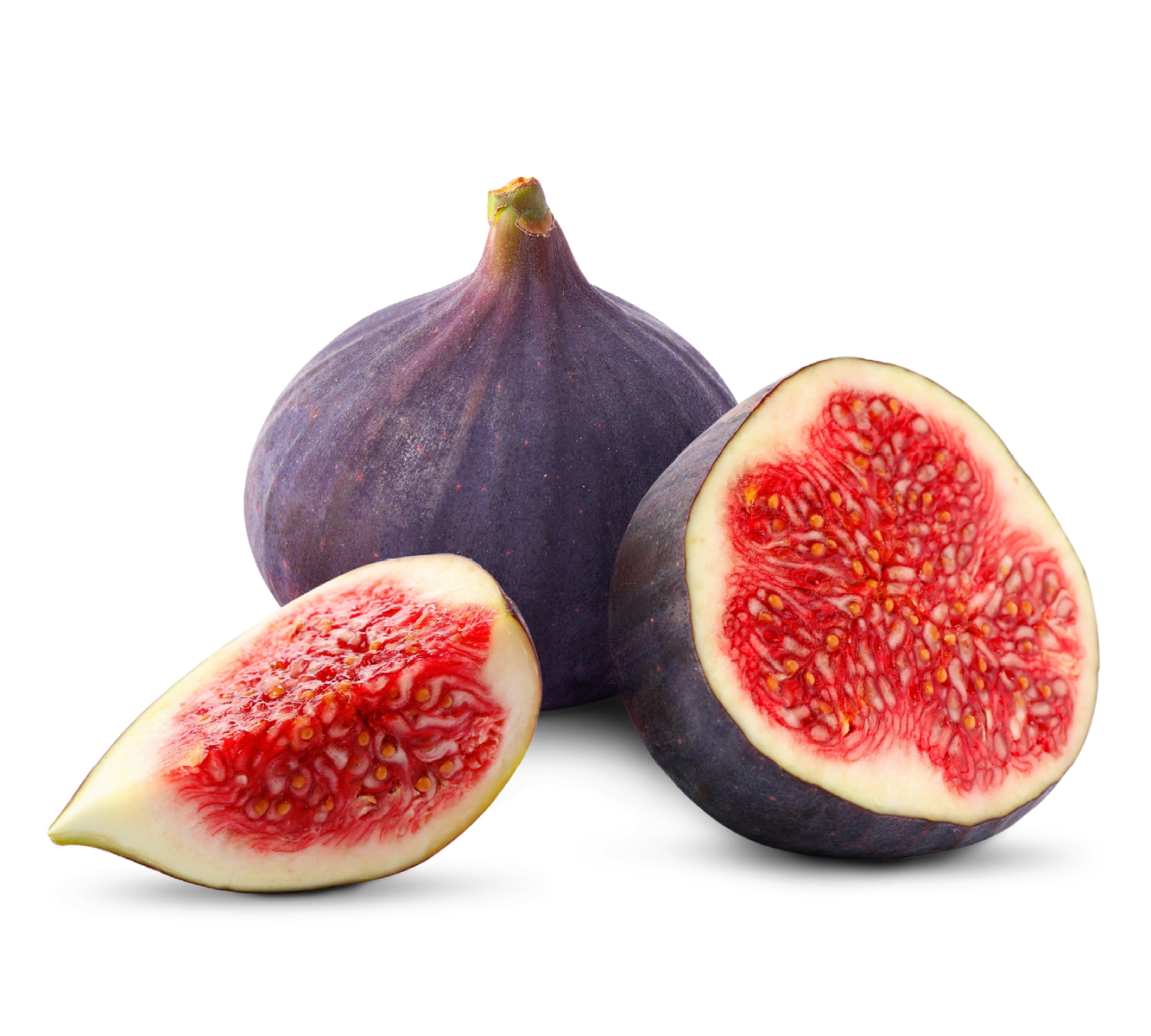Fig Wasps
Certain fig varieties require a fig wasp for pollination, but most do not. Of the 800+ fig varieties, most are “Common Figs,” which are parthenocarpic, which means they do not require pollination to produce fruit. However, types like Smyrna, Calimyrna, and Florida Strangler figs do need wasps for pollination.
Here is how the process works.
Fig Pollination
Fig wasps lay eggs in male figs (caprifigs). Once hatched, the wasps leave to find other caprifigs to continue the cycle. We humans only eat the female figs, which cannot host wasp eggs. However, the wasps often attempt to lay eggs in them and, in doing so, they pollinate the figs, helping them ripen. The wasps then leave the female figs to find caprifigs, but occasionally one may die inside the female fig.
Kashrus Concerns
Does this pose a kashrus issue? Is there a chance you might bite into a wasp while eating a fig?
Given the facts outlined above, this is incredibly unlikely.
If you are eating a common fig, there is certainly no issue, as these figs are not pollinated by wasps in the first place.
Even if you are eating a wasp-pollinated fig, such as a Smyrna or Calimyrna, there is still little reason for concern. Since wasps cannot lay eggs inside female figs (the ones we eat), there is no risk of baby wasps or wasp eggs inside the fig. As for the wasp itself, as stated, most of the time, the wasp successfully leaves the female fig and does not remain inside. Most importantly, even if the wasp does not manage to leave and dies inside the fig, the ripening process causes the wasp to completely disintegrate until nothing remains.
However, there is a slight chance that a wasp may have died inside a fig and did not fully disintegrate, especially if the fig was picked before ripening. Therefore, it is advisable to open the fig and check inside. If a wasp is present, it will be noticeable. If no wasp is found, there is no reason to be concerned about the “wasp issue.”
Infestation
Figs have a high risk of infestation by other small insects. Pollinated figs have a small hole, which the wasp uses to enter and exit, but this also allows other bugs to get inside. Additionally, figs are not true fruits; they are “inside-out” flowers. When opened and inverted, they resemble the inside of a flower bloom, making them an attractive place for insects.
The flower-like structure of figs creates two main concerns:
- They provide an ideal environment for small insects to inhabit.
- Their complex interior, with many crevices and hiding spots, makes it extremely difficult to check for insects.
OK Kosher’s Tolaim experts have determined that figs are likely to contain various small insects typically found in flowers. Due to the difficulty of thoroughly inspecting them, OK Kosher does not allow figs in their kosher-certified establishments.
If one wishes to eat fresh or dried figs at home, they must be knowledgeable in how to properly check them and ensure they are thoroughly inspected for bugs beforehand. |

